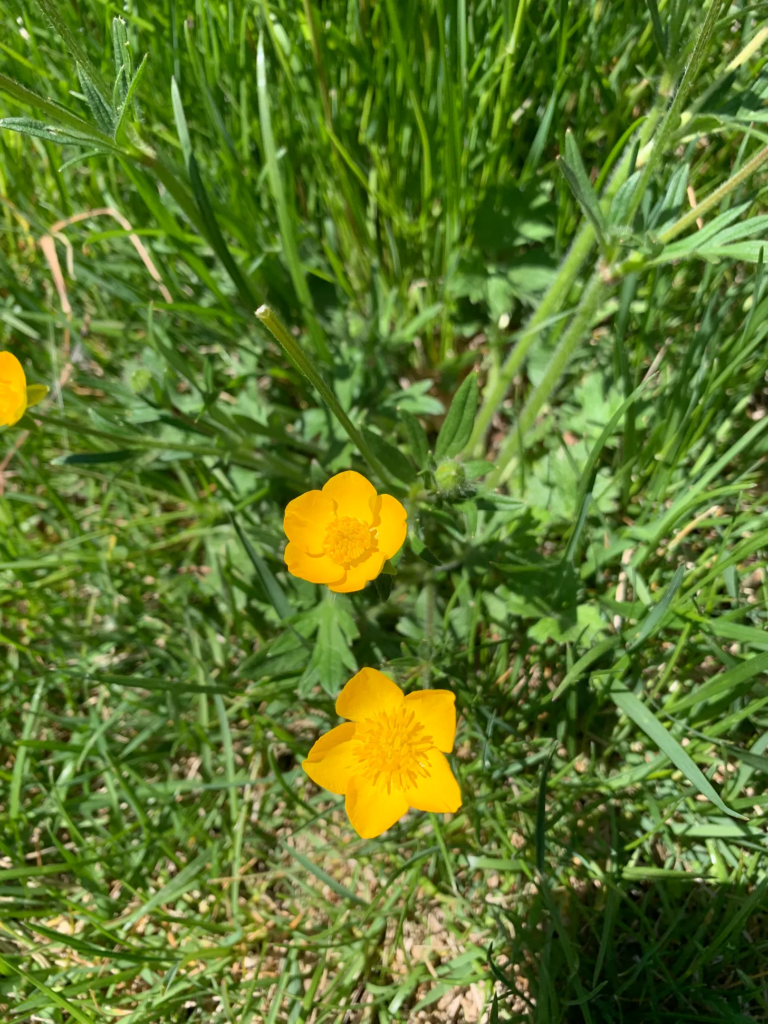
Puddock Hill Journal – Entry #4: First Noxious Weed of Spring
At Puddock Hill, one unwelcome sign of early spring is the sight of garlic mustard popping up like mushrooms.
I tend to find this plant in areas of recent disturbance or in partial shade. One day it’s not there at all, it seems. The next day it’s in flower. And the day after that, if I’m attentive enough to notice, it’s getting pulled up like crazy.
Garlic mustard (Alliaria petiolata) is a biennial herb in the mustard family and one of North America’s older invasives. Believed to have been introduced to our continent in the 1860s for herbal and medicinal purposes, this Eurasian species has spread so prolifically that it now appears in five Canadian provinces and more than half of all American states, including Alaska. But it behaves most virulently in the Northeast and Midwest. It flourishes in all New England states, west to Wisconsin, Iowa and Missouri, and as far south as Georgia. At Puddock Hill in the Brandywine Valley, we have never experienced a spring season without it.
Aesthetically, of course, the plant is inoffensive, and some might even find attractiveness in its upright habit and small white flowers. In any case, it doesn’t linger here much longer than late spring.